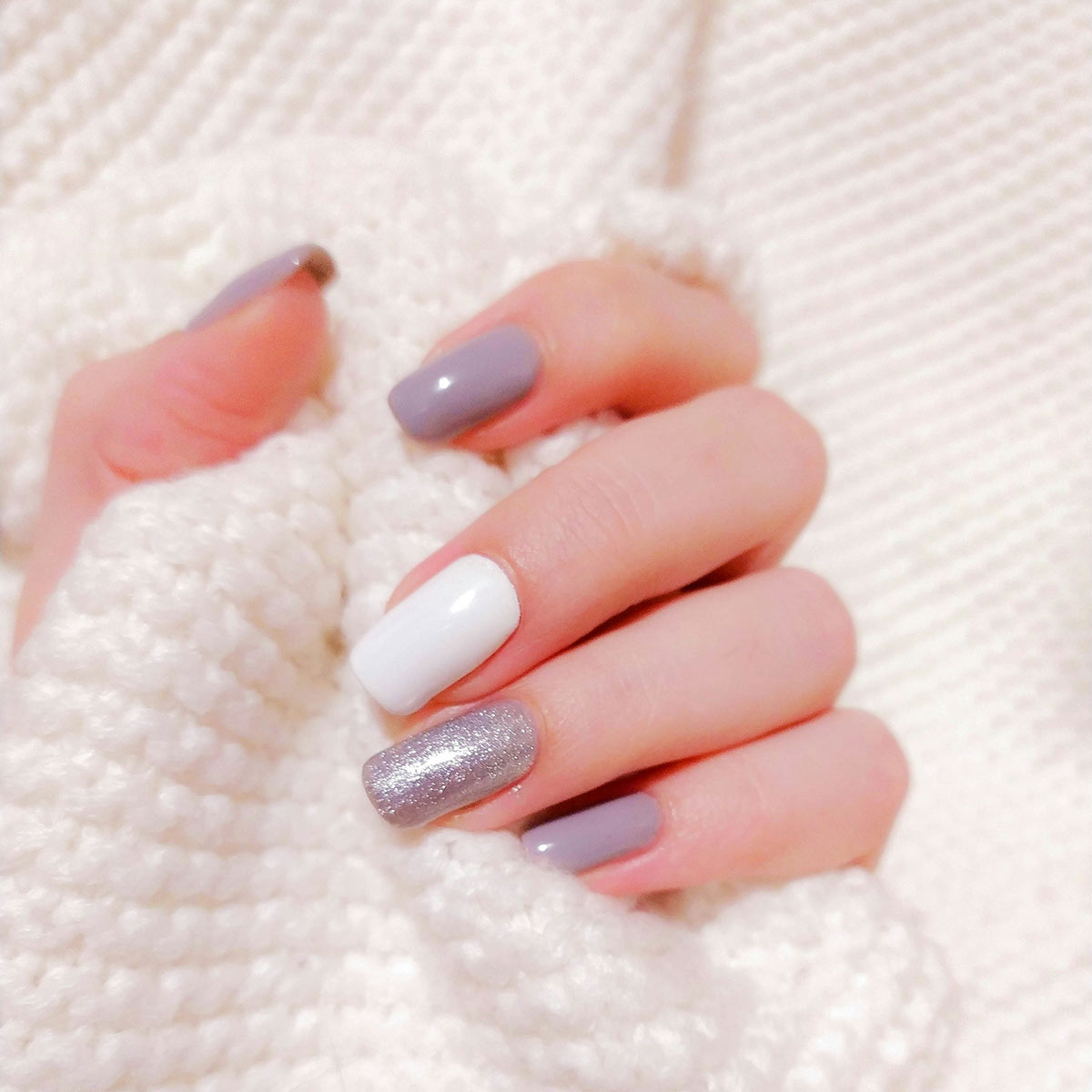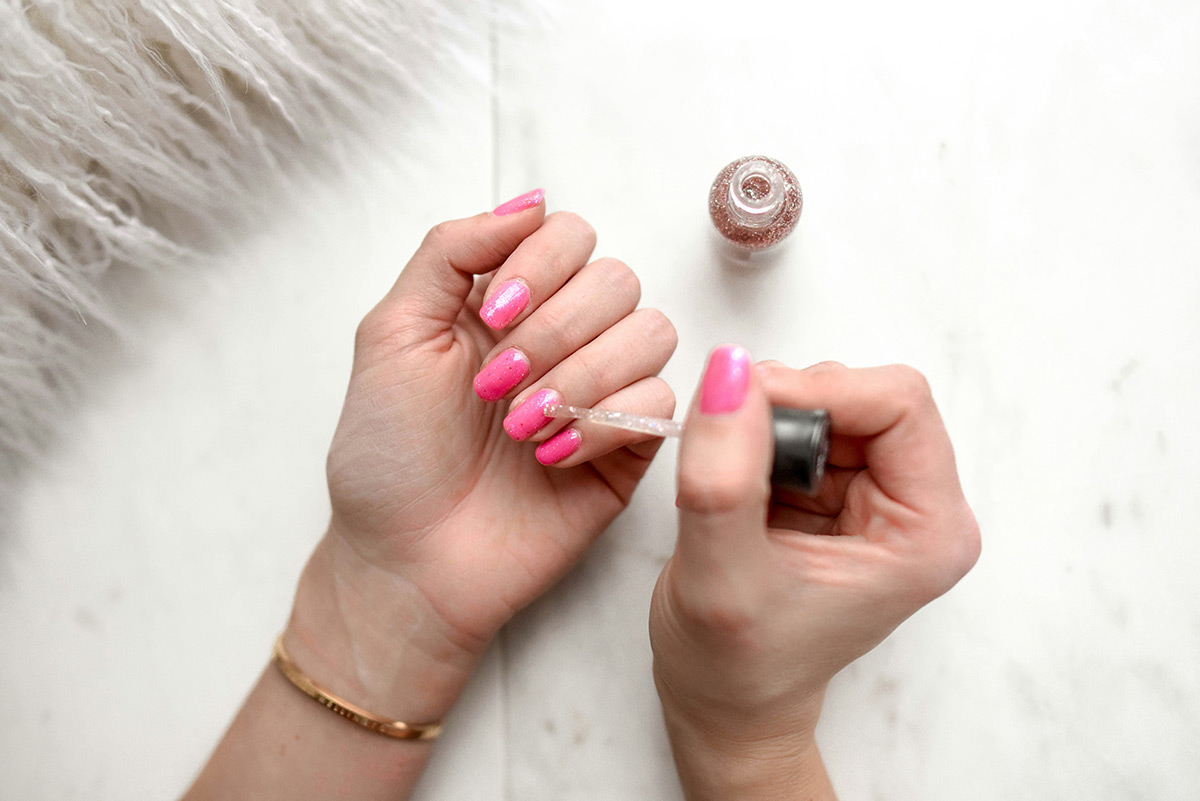How to Keep Your Hands Looking Their Best Year-Round
Hand-and-nail-care: Our hands and nails are often the first things people notice, making their care an essential part of our grooming routine. Whether it’s shaking hands at a business meeting or simply showing off a new manicure, well-maintained hands and nails can leave a lasting impression. But maintaining their appearance requires consistent care throughout the year.

Skin Care for Hands
Keeping your hands moisturized is one of the most important steps in maintaining soft and healthy skin. Our hands are exposed to various elements daily, from harsh soaps to cold weather, all of which can strip the skin of its natural oils. Regularly applying moisturizer helps to replenish these oils and keep the skin hydrated.
Choose a rich hand cream or lotion, preferably with ingredients like shea butter, glycerin, or hyaluronic acid, known for their deep moisturizing properties. Apply the moisturizer after every hand wash to lock in moisture. At night, consider using a thicker cream and wearing cotton gloves to maximize absorption while you sleep.

Sun Protection
Just like the skin on your face, the skin on your hands is vulnerable to sun damage, which can cause premature aging, dark spots, and wrinkles. Incorporating sunscreen into your hand care routine is essential, especially during the summer months or when spending extended time outdoors.
Opt for a hand cream with built-in SPF to make sun protection a seamless part of your routine. SPF 30 or higher is recommended for adequate protection. Reapply throughout the day, particularly after washing your hands, to maintain the protective barrier.
Exfoliation
Exfoliating your hands helps remove dead skin cells, promoting smoother and brighter skin. It also enhances the absorption of moisturizers, making them more effective. While facial exfoliants are often too harsh for the delicate skin on your hands, there are gentle scrubs specifically designed for hand care.
You can use a store-bought exfoliating scrub or create a DIY version at home using sugar and olive oil. Gently massage the scrub onto your hands in circular motions, then rinse with warm water. Exfoliate once or twice a week to keep your hands soft and smooth without causing irritation.

Nail Care Essentials
Healthy hand-and-nail-care is a reflection of overall hand health. Keeping them clean, trimmed, and shaped not only looks good but also prevents issues like hangnails and infections. Regularly trimming your nails to your desired length prevents them from becoming too long and breaking or snagging.
Filing your nails is equally important. Use a nail file to shape the edges, always filing in one direction to avoid splitting. Avoid using metal files, as they can be too harsh, and instead opt for a fine-grit emery board.
Cuticle Care
Cuticles play a vital role in protecting the nail bed from infections, so it’s important to treat them with care. Instead of cutting your cuticles, which can lead to infections or damage, gently push them back using a cuticle pusher after softening them with a cuticle oil or cream.
Cuticle oils are especially beneficial, as they hydrate the cuticle area, preventing dryness and cracking. Regular use can improve the overall appearance of your nails and help maintain a healthy nail bed.
Nutrition and Nail Strength
Your diet significantly impacts the health of your nails. Brittle, weak, or slow-growing nails can sometimes be a sign of nutritional deficiencies. Key nutrients like biotin, protein, zinc, and omega-3 fatty acids contribute to strong, healthy nails.
Incorporate foods rich in these nutrients into your diet, such as eggs, nuts, leafy greens, and fish. If your diet lacks these, consider taking a biotin supplement, which is specifically known for promoting nail strength and growth. However, always consult with a healthcare provider before starting any new supplement.
Nail Polish: Adding Color and Protection
Nail polish does more than just add color to your nails; it also provides a protective layer that can prevent chipping and breaking. When choosing a nail polish, consider factors like brand reputation, ingredients, and the type of polish. For those who want long-lasting color, gel polish is a popular option, while breathable polishes are ideal for those concerned about nail health.
For a classic look, consider white nail polish, which is both elegant and versatile, suitable for any occasion. It can also serve as a great base for more intricate nail designs.

Proper Application Techniques
Achieving a flawless manicure at home requires the right application techniques. Start by cleaning your nails and applying a base coat to protect them from staining and to help the polish adhere better. Apply the nail polish in thin layers, allowing each layer to dry completely before applying the next. This technique reduces the likelihood of smudges and bubbles.
Finish with a top coat to seal the color and add shine. The top coat also helps extend the life of your manicure by preventing chipping.
Removing Nail Polish Safely
When it’s time to remove your nail polish, it’s important to do so without damaging your nails. Acetone-based removers are effective but can be harsh on your nails and skin. Non-acetone removers are gentler but may require more time and effort to fully remove the polish.
Regardless of the type of remover you choose, avoid excessive rubbing, as this can weaken the nails. After removing the polish, wash your hands thoroughly and apply a nourishing nail oil or cream to restore moisture.
Conclusion
Hand and nail care is an ongoing commitment that requires attention to detail and a consistent routine. By incorporating these essential practices into your daily life, you can keep your hands and nails looking their best year-round. Whether it’s daily moisturizing, proper nail care, or seasonal adjustments, these tips will help you maintain healthy, attractive hands and nails that leave a lasting impression.
































